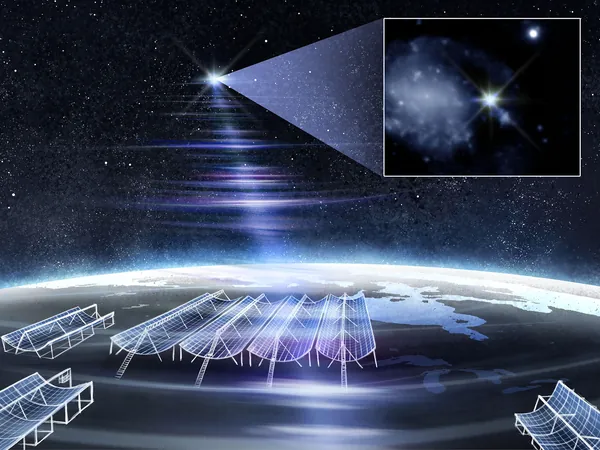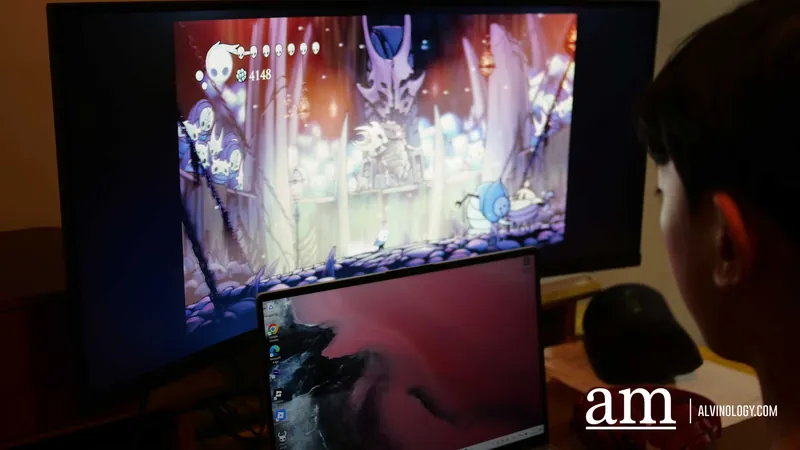
Astronomers Unveil the Brightest Fast Radio Burst: A Cosmic Mystery Solved!
2025-08-21
Author: Daniel
Groundbreaking Discovery of a Bright Fast Radio Burst
A team of international astronomers, including experts from the University of California, Santa Cruz, have made a stunning breakthrough by pinpointing the brightest fast radio burst (FRB) ever detected, tracing its origin to a neighboring galaxy. This remarkable finding has not only taken the scientific community by surprise but also challenges longstanding theories about these enigmatic cosmic signals.
What Are Fast Radio Bursts?
Fast radio bursts are incredibly powerful, millisecond-long flashes of radio waves that originate from the depths of space. Scientists have long speculated that these bursts occur due to extreme cosmic phenomena, yet the exact source of any FRB has remained elusive. Their fleeting nature makes them particularly challenging to study—often disappearing faster than a blink.
A Leap Forward in Precision
For the last eight years, the CHIME radio telescope in British Columbia has been on the hunt for these fast radio bursts, gathering thousands of data points. Now, with the integration of CHIME's new ‘outrigger’ telescopes spanning across North America, researchers can pinpoint the origin of these bursts with unprecedented accuracy.
The Stellar Find: FRB 20250316A
In March, CHIME detected a remarkably bright FRB, designated as FRB 20250316A, from the direction of the Big Dipper. This finding is pivotal because for the first time researchers could precisely identify its origin using only the radio telescope. The team's groundbreaking research has been published in The Astrophysical Journal Letters.
Spotting Cosmic Quarters
Using the new array of telescopes, scientists achieved astonishing localization of this FRB—tracing it to a region just 45 light-years across in a galaxy approximately 130 million light-years away. Ph.D. student Cook noted that the precision achieved is akin to spotting a quarter from 60 miles away, enabling the identification of the host galaxy, NGC 4141.
Challenging Conventional Wisdom
Despite being the brightest FRB on record, this source has not emitted any repeating bursts, even after extensive observation over the past six years. This finding contradicts the prevailing notion that all FRBs eventually repeat, suggesting there are still many unknowns about these cosmic signals.
A New Era of Discovery
The research is detailed across two studies: one focusing on the radio localization of the burst and the other analyzing near-infrared images captured by the James Webb Space Telescope. These pioneering observations open up a wealth of new avenues for understanding FRBs, transforming how we explore the universe.
As researcher Mawson Sammons aptly puts it, "This marks the beginning of a new era where we can routinely localize even single, non-repeating bursts to pinpoint accuracy. That’s a game-changer for understanding what’s behind them." The CHIME/FRB research team, led by Victoria Kaspi, comprises nearly 100 dedicated scientists and students, all eager to unravel the mysteries of the cosmos.





 Brasil (PT)
Brasil (PT)
 Canada (EN)
Canada (EN)
 Chile (ES)
Chile (ES)
 Česko (CS)
Česko (CS)
 대한민국 (KO)
대한민국 (KO)
 España (ES)
España (ES)
 France (FR)
France (FR)
 Hong Kong (EN)
Hong Kong (EN)
 Italia (IT)
Italia (IT)
 日本 (JA)
日本 (JA)
 Magyarország (HU)
Magyarország (HU)
 Norge (NO)
Norge (NO)
 Polska (PL)
Polska (PL)
 Schweiz (DE)
Schweiz (DE)
 Singapore (EN)
Singapore (EN)
 Sverige (SV)
Sverige (SV)
 Suomi (FI)
Suomi (FI)
 Türkiye (TR)
Türkiye (TR)
 الإمارات العربية المتحدة (AR)
الإمارات العربية المتحدة (AR)